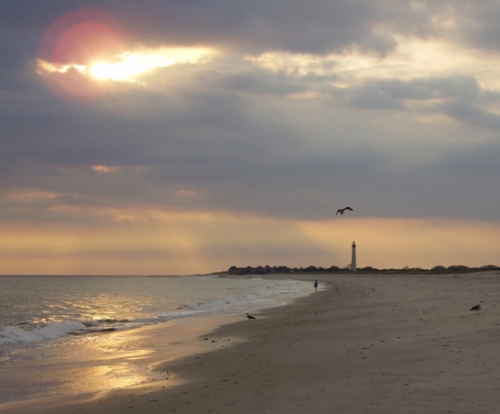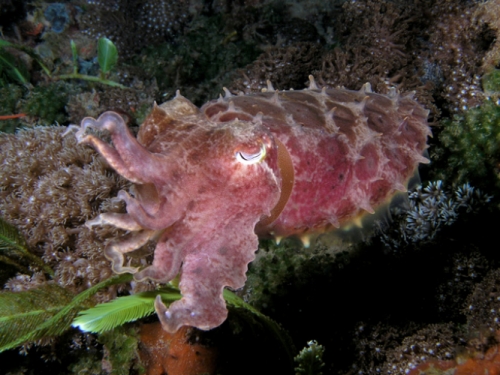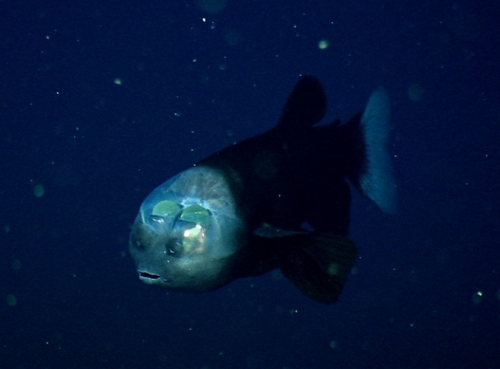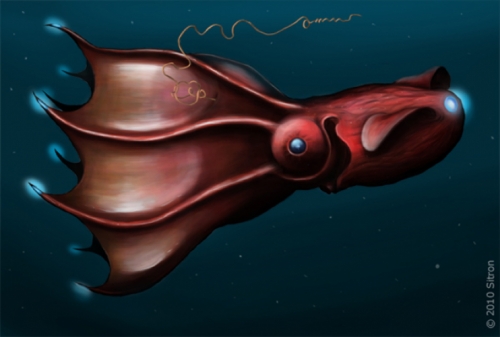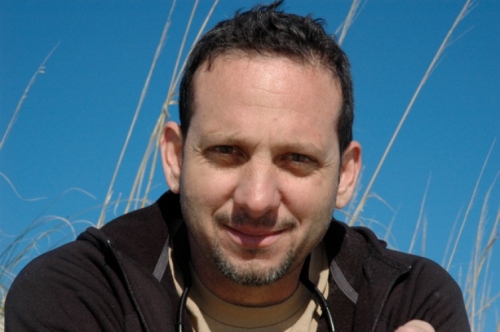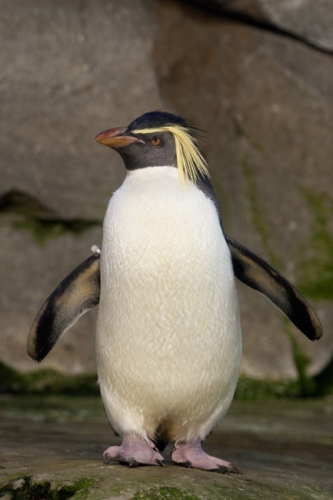I’m falling back in love with the ocean, and I have my four-year-old son to thank.
When I was a kid, every summer my parents took us to the beach—or, as we called it, the Jersey Shore. I’d spend hours in the cold water, swimming too far out, diving too deep, and opening my eyes too often to search the ocean floor for anything other than sand. It was a glorious time. And then, sadly, I grew up. Now my son is helping me shake the notion that the beach is just too sandy and the water is just too—what’s the word—wet.
My son simply cannot get enough of sea life. We read books about gulper eels, angler fish, manta rays, cuttlefish, barreleye fish, and, of course, Humboldt squid. He’s got me completely enthralled with these monsters of the sea, and I love it.
Did you know that Vampyroteuthis infernalis—a.k.a. vampire squid from hell—inverts its cape-like arms to cover itself, then clicks on light-producing organs called photophores to confuse and elude predators in the dark ocean depths?
That’s just awesome.
Anyway, I’ve recently been back to the, ahem, Jersey Shore. On the first day, before I could even lay out a blanket, my son spotted a pod of dolphins some hundred meters offshore. I’m not sure who was more excited, him or me. In the sand we found a strange little creature no bigger than a nine-volt battery. Despite our best efforts, we still haven’t ID’d the little sucker. A few moments later, while my boy searched for hermit crabs, I found myself staring out to the horizon and thinking about how massive the ocean is. How unknown it still is. And how much we still need to learn about these seas we aim to preserve.
In August I’ll return to the beach with my boy and his fearless little brother, and I can’t wait. Who knows what we’ll see. In a few years, maybe we’ll venture father out to sea to do some real exploring. In the meantime, I’ve decided that the time I spend perusing books and videos with my son is not enough. I’ve found a new favorite website—theseamonster.net—the brainchild of UNC marine ecologist John Bruno and Emmett Duffy, a marine scientist from the College of William and Mary College. Zena Cardman, a Carolina graduate and world traveler, is a contributor, as is British marine scientist and freelance writer Helen Scales.
What I like most about theseamonster.net is the authors’ love of the ocean, their concern for our seas, and the thrill they get from spending most of their waking hours thinking about and working in the diverse oceans around the planet. The other thing I like is that nothing is off limits. There’s an incredibly lengthy discussion, pages and pages of intelligent conversation, between dueling marine scientists about the fate of fisheries. There’s chatter about surfing. There are journal entries from Cuba, where Bruno and Duffy led research on the impacts of sharks on Cuba’s reefs. There’s a photo of a lone emperor penguin strolling down a New Zealand beach after making a wrong turn somewhere along the way.
Which reminds me. If you haven’t seen March of the Penguins, then you’re really missing out. The only thing my son likes more than seabirds, such as gulls and puffins, are birds that prefer ocean water to air. Emperor penguins are cool, he tells me. But not as cool as rockhoppers; they’ve got frilly yellow eyebrows.

